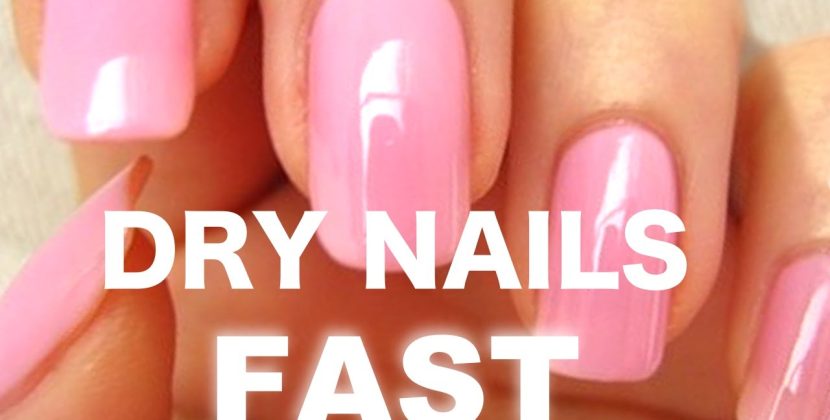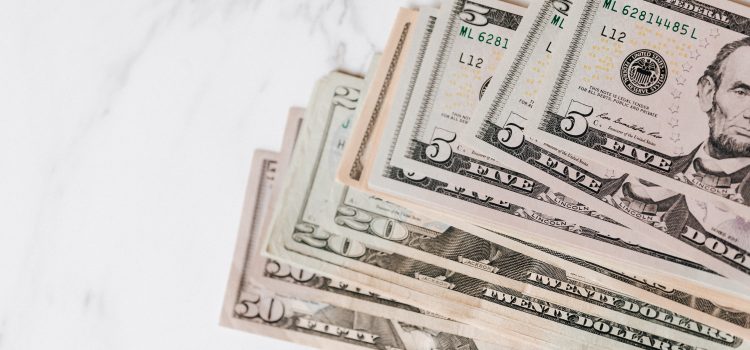
In the age of technology, we rely on our smartphones for everything from socializing to working. But did you know that the blue light emitted by these devices could be damaging your eyesight? With more and more people experiencing eye strain and discomfort due to prolonged screen time, it’s important to understand the effects of blue light and what you can do to protect your vision. In today’s blog post, we’ll explore the blue light dilemma and provide tips on how you can stay connected while keeping your eyes healthy.
What is blue light?
Most of us are familiar with blue light. It’s the type of light that comes from screens, like our computers, TVs, and phones. And it’s also the kind of light that’s in sunlight.
But what you may not know is that blue light can be harmful to your eyes. In fact, too much blue light exposure can lead to digital eye strain and even damage your vision over time.
So what exactly is blue light? And how can you protect your eyes from it? Here’s everything you need to know about blue light and your eyesight.
How does blue light damage your eyesight?
According to the American Optometric Association, blue light from electronic screens can cause eye strain, headaches, and sleep disorders. Blue light exposure may also increase the risk for macular degeneration, a condition that can lead to blindness.
While there is no evidence that blue light from electronic screens is harmful to children’s eyes, parents should consider limiting their screen time. Children’s eyes are more vulnerable to blue light than adults’ eyes because they have larger pupils and clearer lenses.
To protect your eyes from blue light, try wearing computer glasses with an anti-reflective coating. You can also download apps that filter out blue light or adjust the settings on your device so that the screen emits less blue light.
How to protect your eyes from blue light
Most people are well aware of the importance of protecting their eyes from the sun. But did you know that blue light—the kind emitted by your smartphone, computer, and other digital devices—can also be damaging to your eyesight?
Here are a few tips to help protect your eyes from blue light:
1. Limit your screen time. Too much exposure to blue light can lead to eye strain and fatigue. So, take breaks often when using digital devices, and limit your overall screen time each day.
2. Adjust the settings on your devices. Many smartphones and computers allow you to adjust the color settings, which can help reduce the amount of blue light emitted.
3. Use “night shift” or “blue light filter” features. If your device has a “night shift” or “blue light filter” feature, use it! These features help reduce the amount of blue light emitted by your device at night, which can be especially helpful in preventing insomnia.
4. Wear blue-light-blocking glasses. You can find special glasses that block out blue light; wearing them while using digital devices can help protect your eyes from damage caused by blue light exposure.
The best blue light blocking glasses
We’ve all been there – you’re up late working on a project or scrolling through your social media feed and you start to feel your eyes getting tired. You rub them and blink a few times, but the exhausted feeling doesn’t go away. This is likely because you’ve been staring at a screen for too long and you’re experiencing digital eye strain.
While we know that staring at screens for extended periods of time can cause fatigue, recent studies have shown that the blue light emitted from our devices can also have long-term effects on our vision. Blue light exposure has been linked to an increased risk of macular degeneration, which is the leading cause of blindness in adults over the age of 50.
So what can we do to protect our eyes from this harmful blue light? One solution is to wear blue light blocking glasses when using our electronic devices. Blue light blocking glasses are designed to filter out harmful blue light waves while still allowing you to see the screen clearly.
There are many different brands and styles of blue light blocking glasses available on the market, so it’s important to find a pair that is comfortable for you to wear. You may also want to consider getting a pair with an anti-reflective coating to help reduce glare from your screen.
The best blue light blocking phone screens
We’re all glued to our screens these days. You might be reading this very article on your phone right now. And while phones, laptops, and other electronic devices are a necessary part of modern life, they also emit blue light. This blue light is the highest-energy visible light and has been linked to eye damage and vision problems.
There are a few things you can do to protect your eyes from blue light:
1. Use the “night shift” or “blue light filter” setting on your phone. This will reduce the amount of blue light your screen emits.
2. Take breaks from looking at screens often and give your eyes a rest. Every 20 minutes, look 20 feet away for 20 seconds.
3. Wear computer glasses that have special lenses that block out blue light when you are using screens for long periods of time.
4. Install an app that filters blue light on your phone or laptop, like f.lux or IrisTech .
5. Get a new screen protector for your phone that blocks blue light (many come with anti-glare features as well).
Conclusion
Blue light emitted by our phones and other digital devices can be damaging to our eyesight, causing eye strain, headaches, blurry vision and even insomnia. We must take precautions when dealing with blue light; wearing computer glasses or limiting the amount of time spent in front of screens are excellent ways to protect yourself from its harmful effects. We should also make sure that we get enough sleep at night and avoid looking at our phones for too long. While blue light is inevitable with modern technology, it is up to us how we manage it so that it does not damage our health.
















